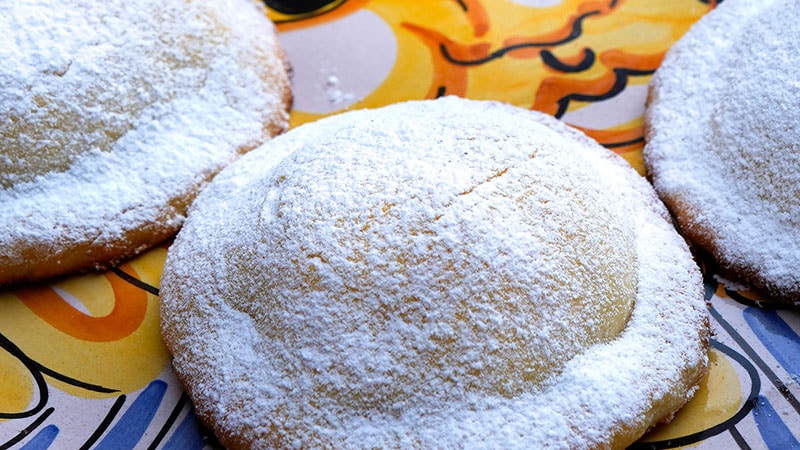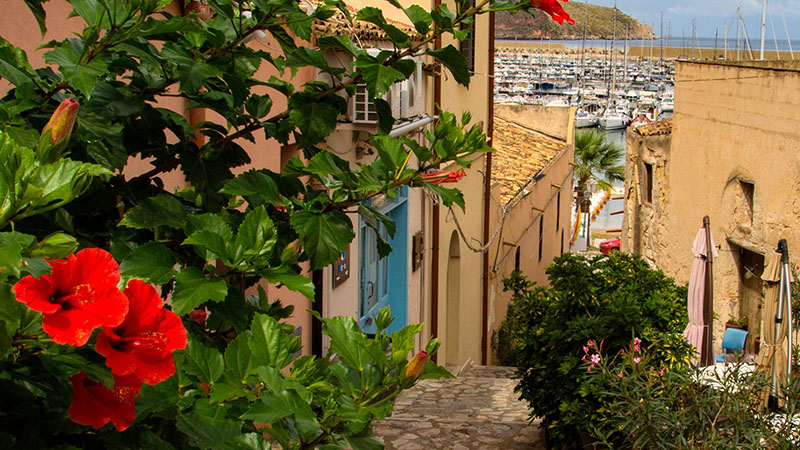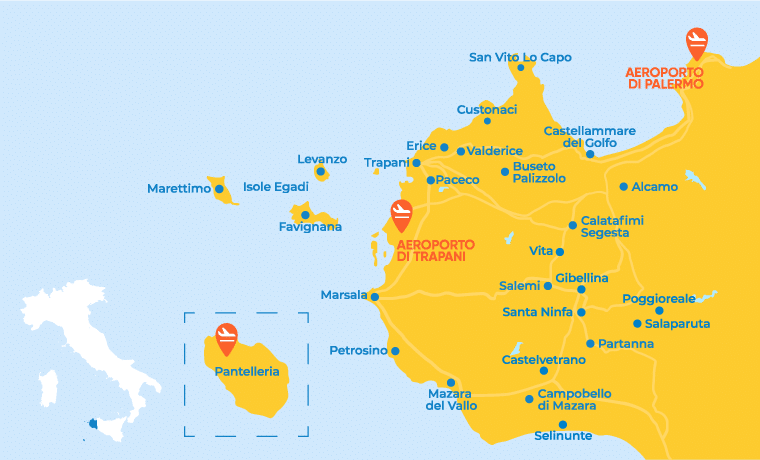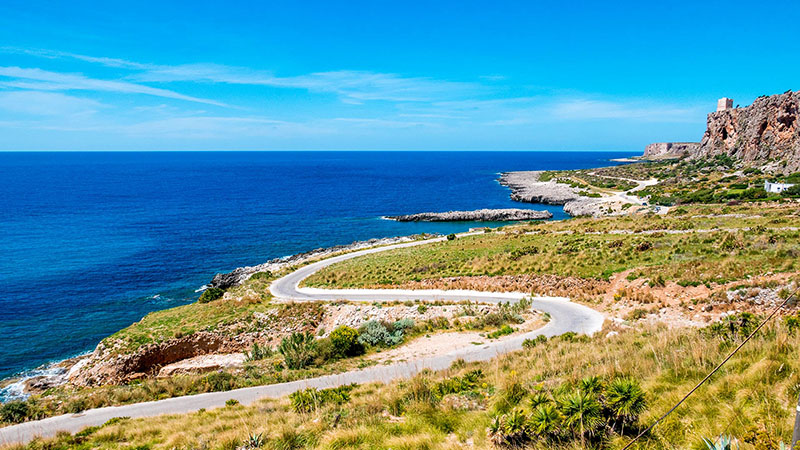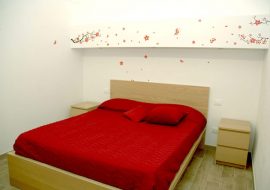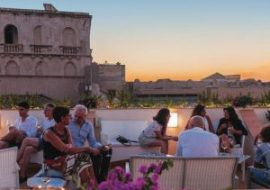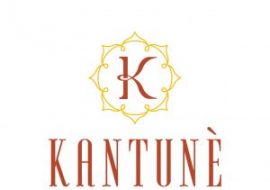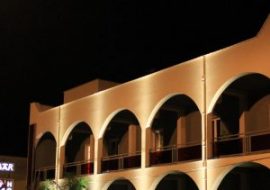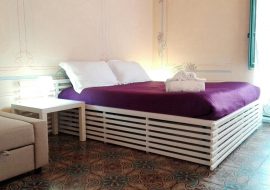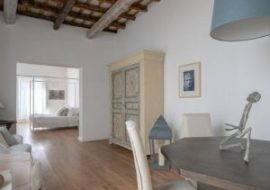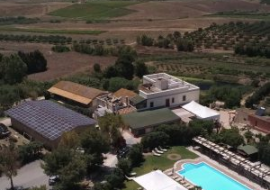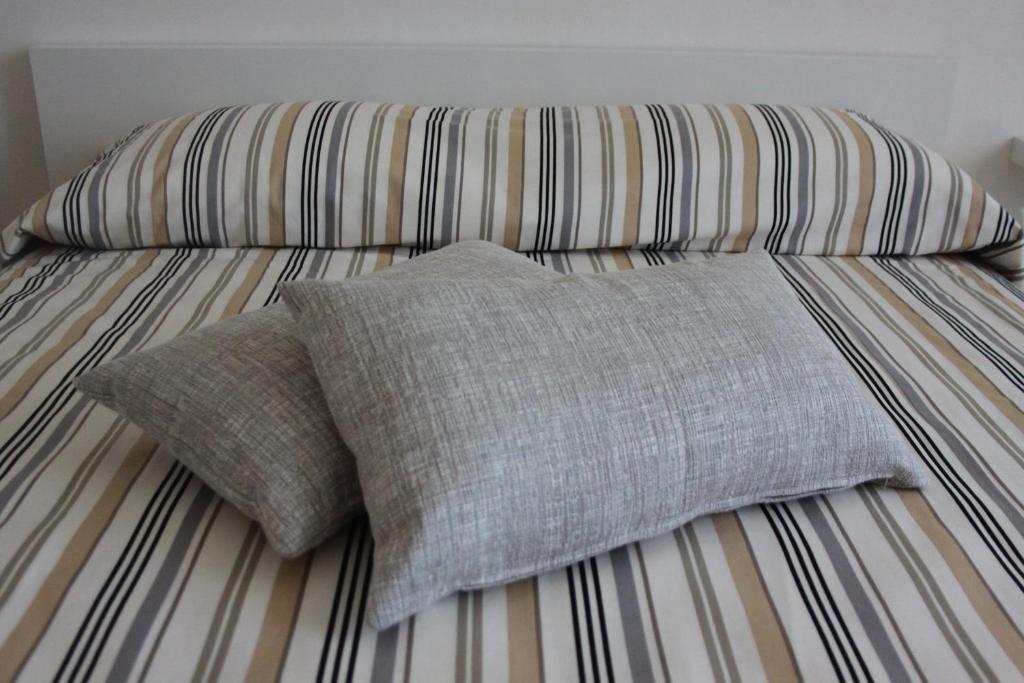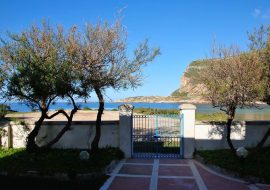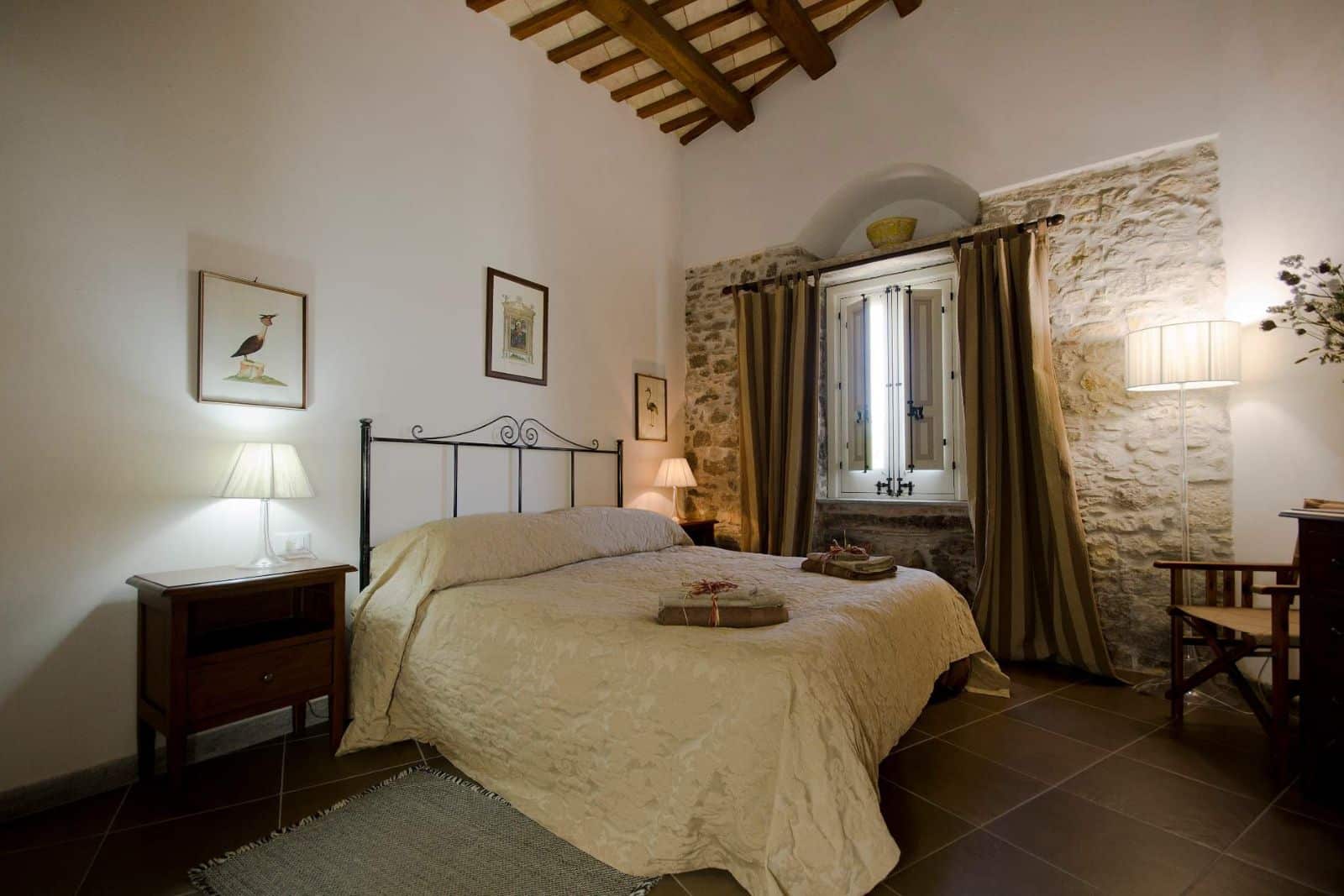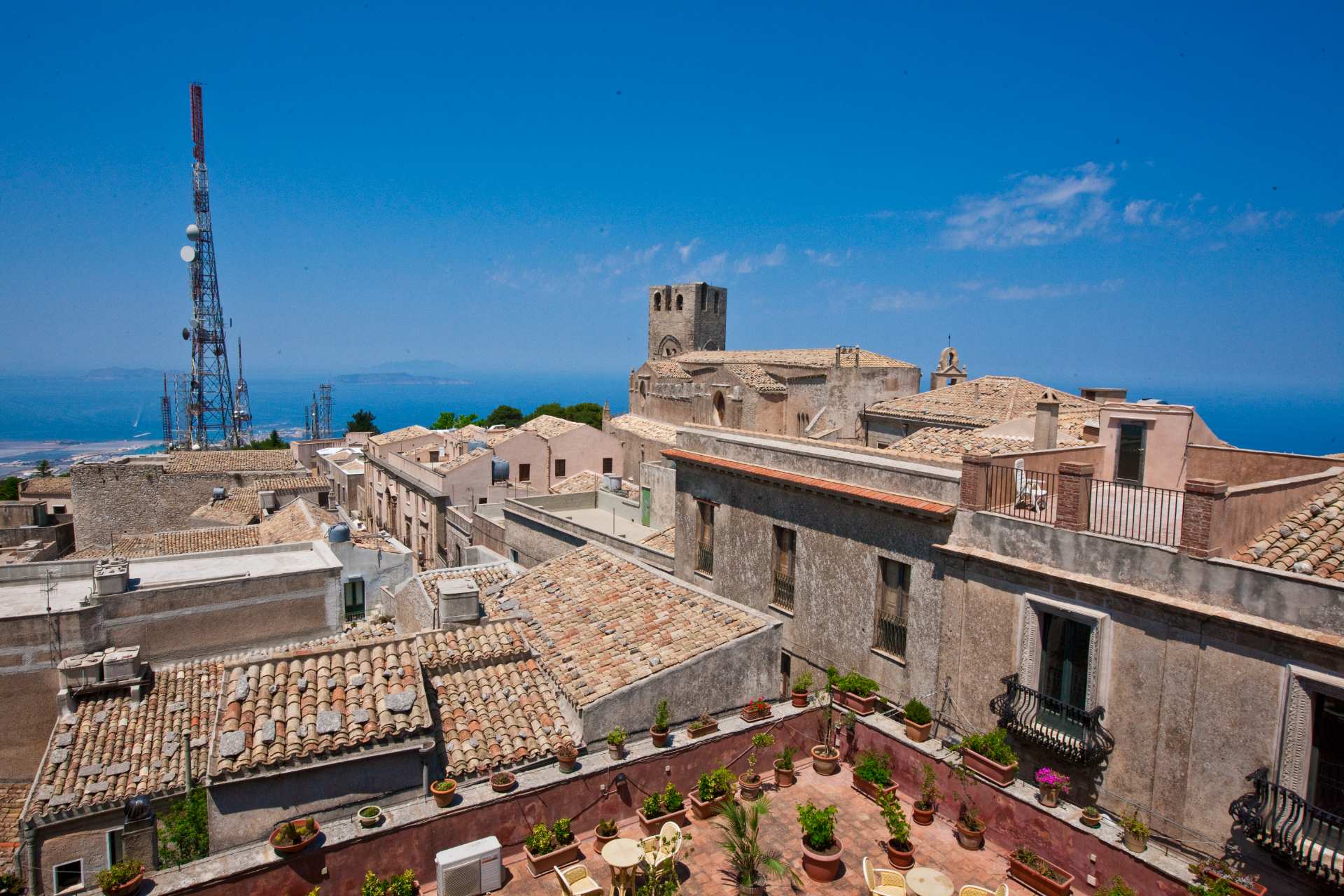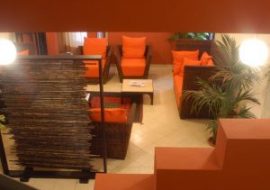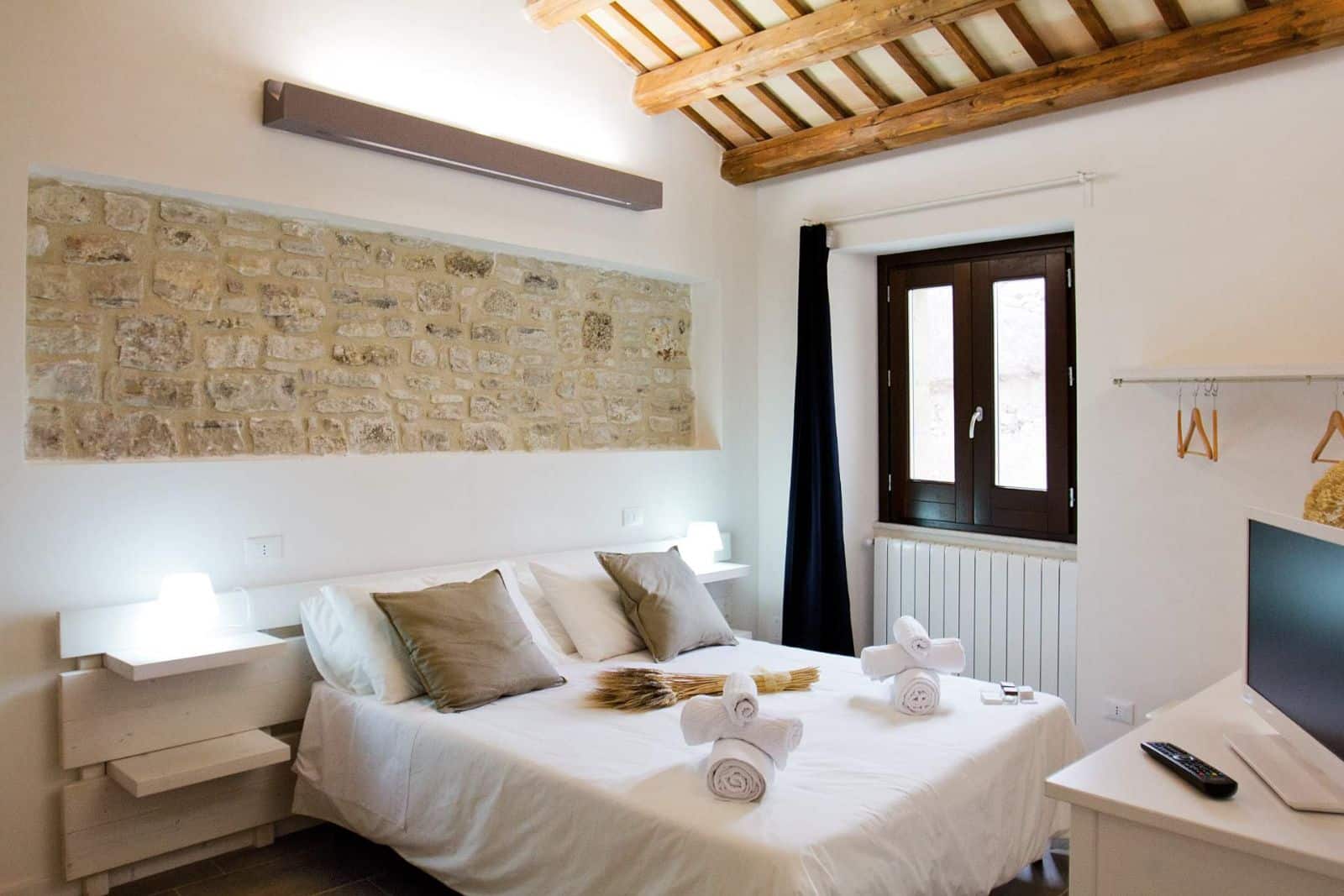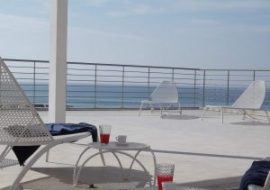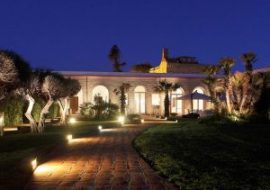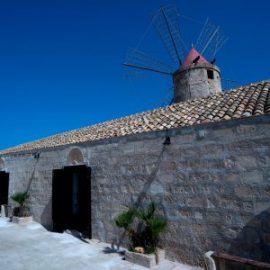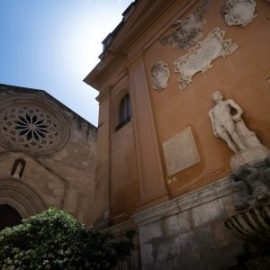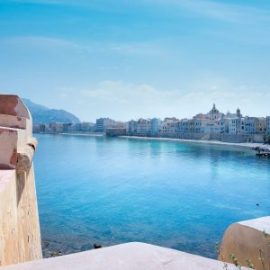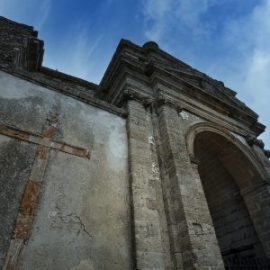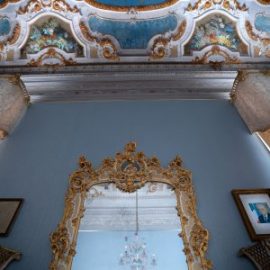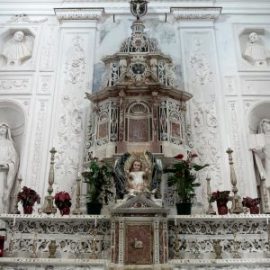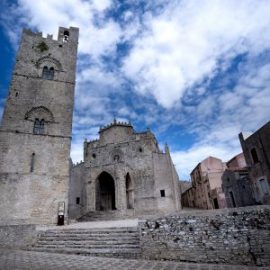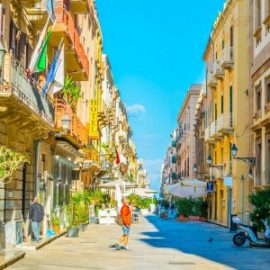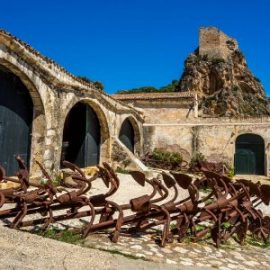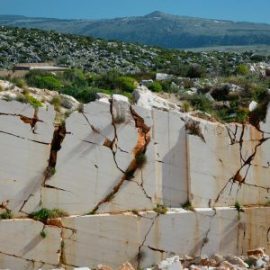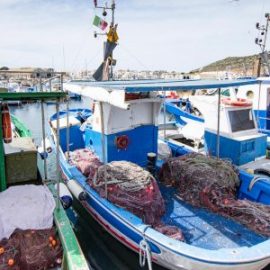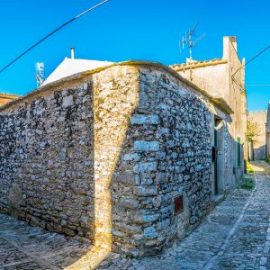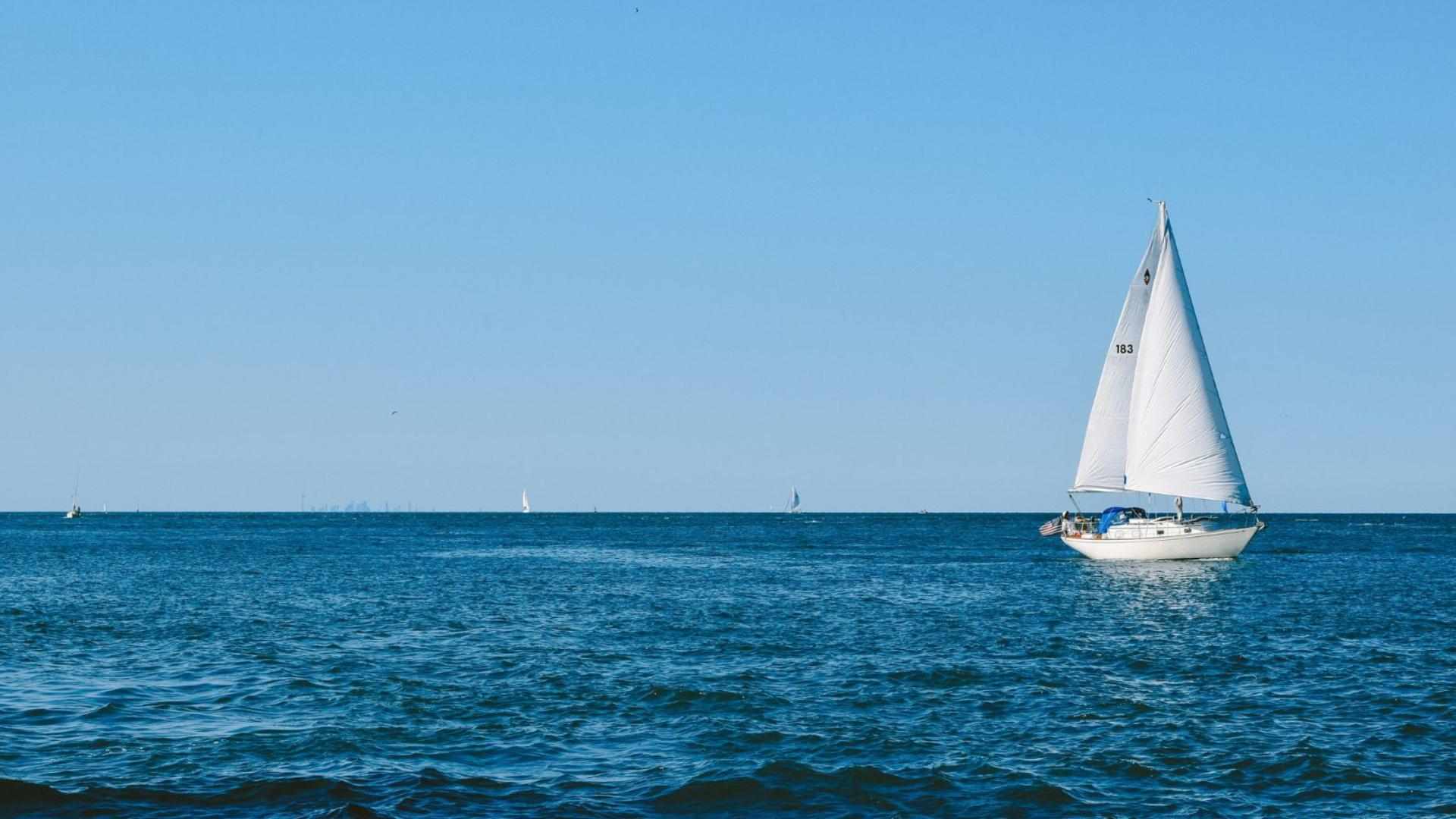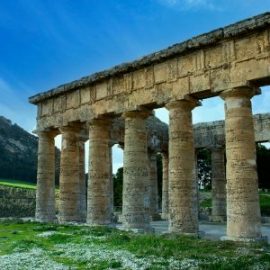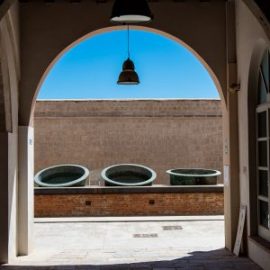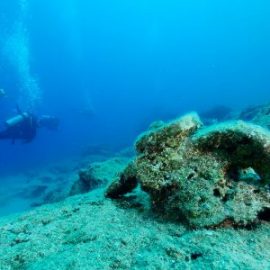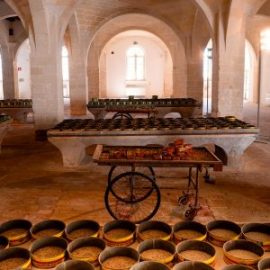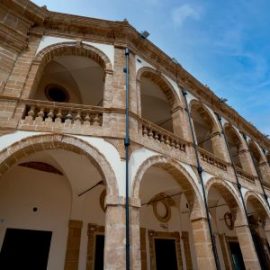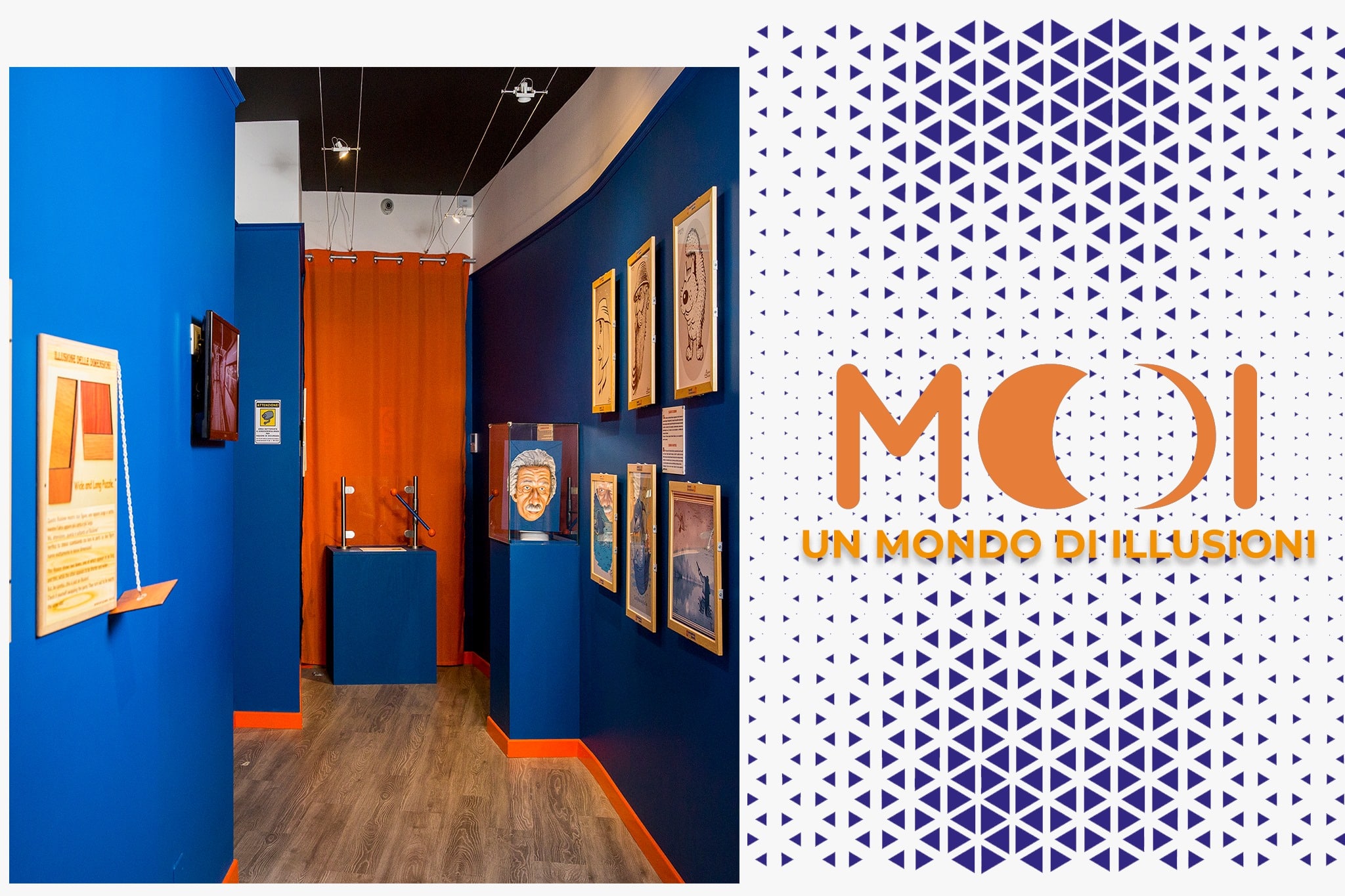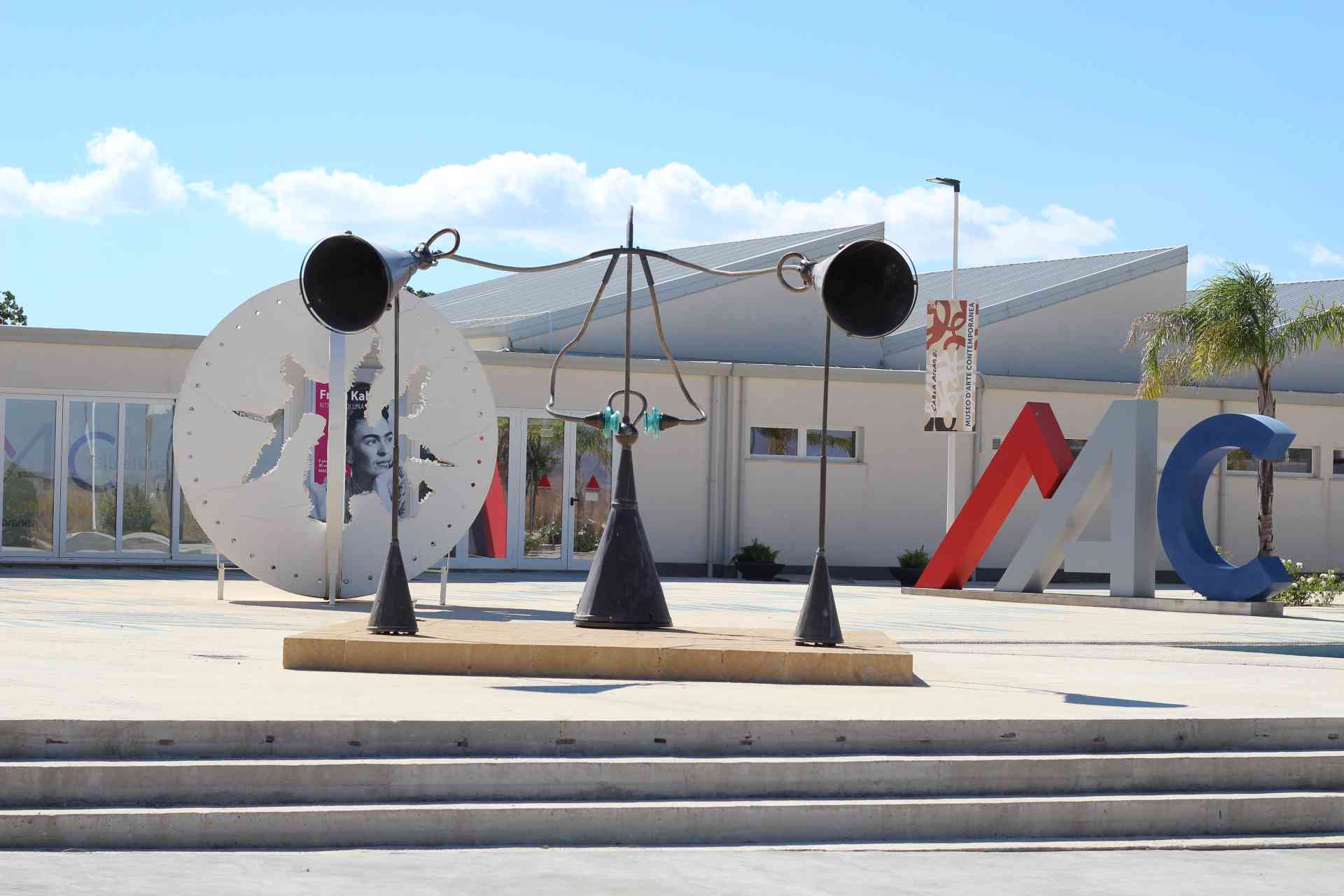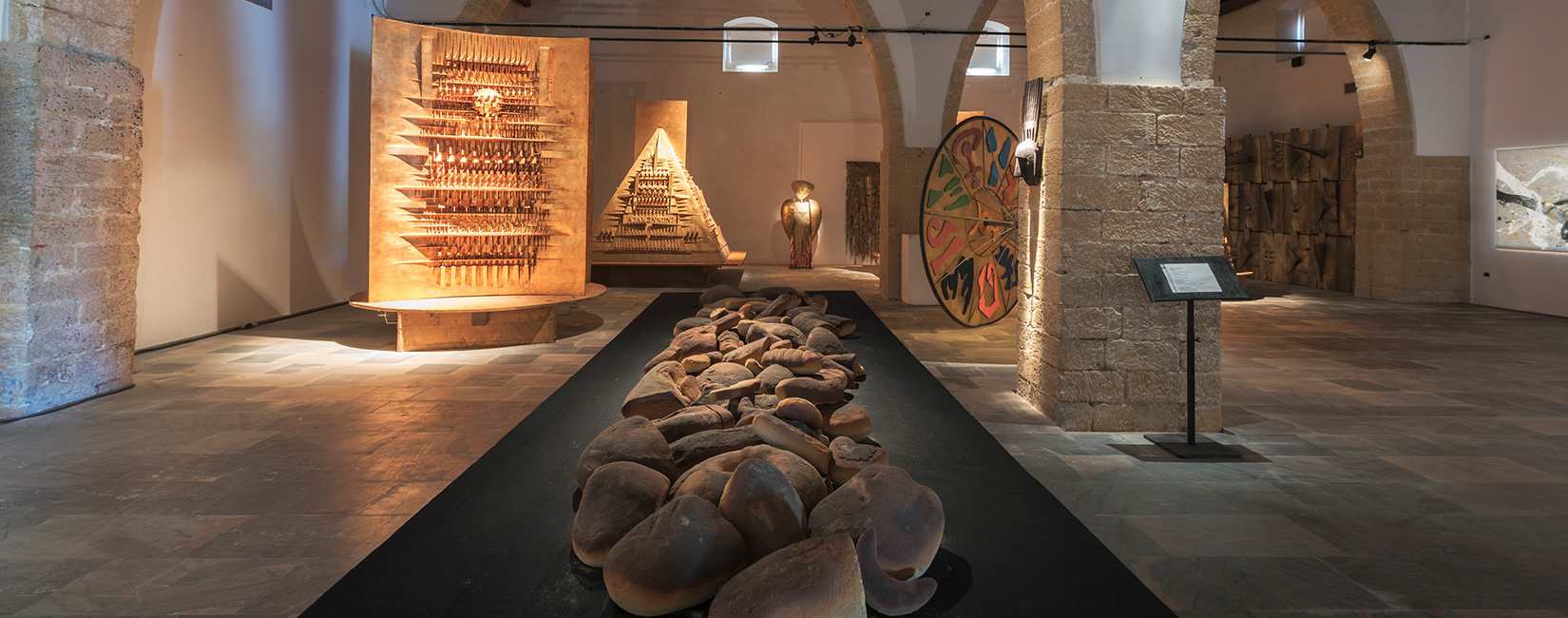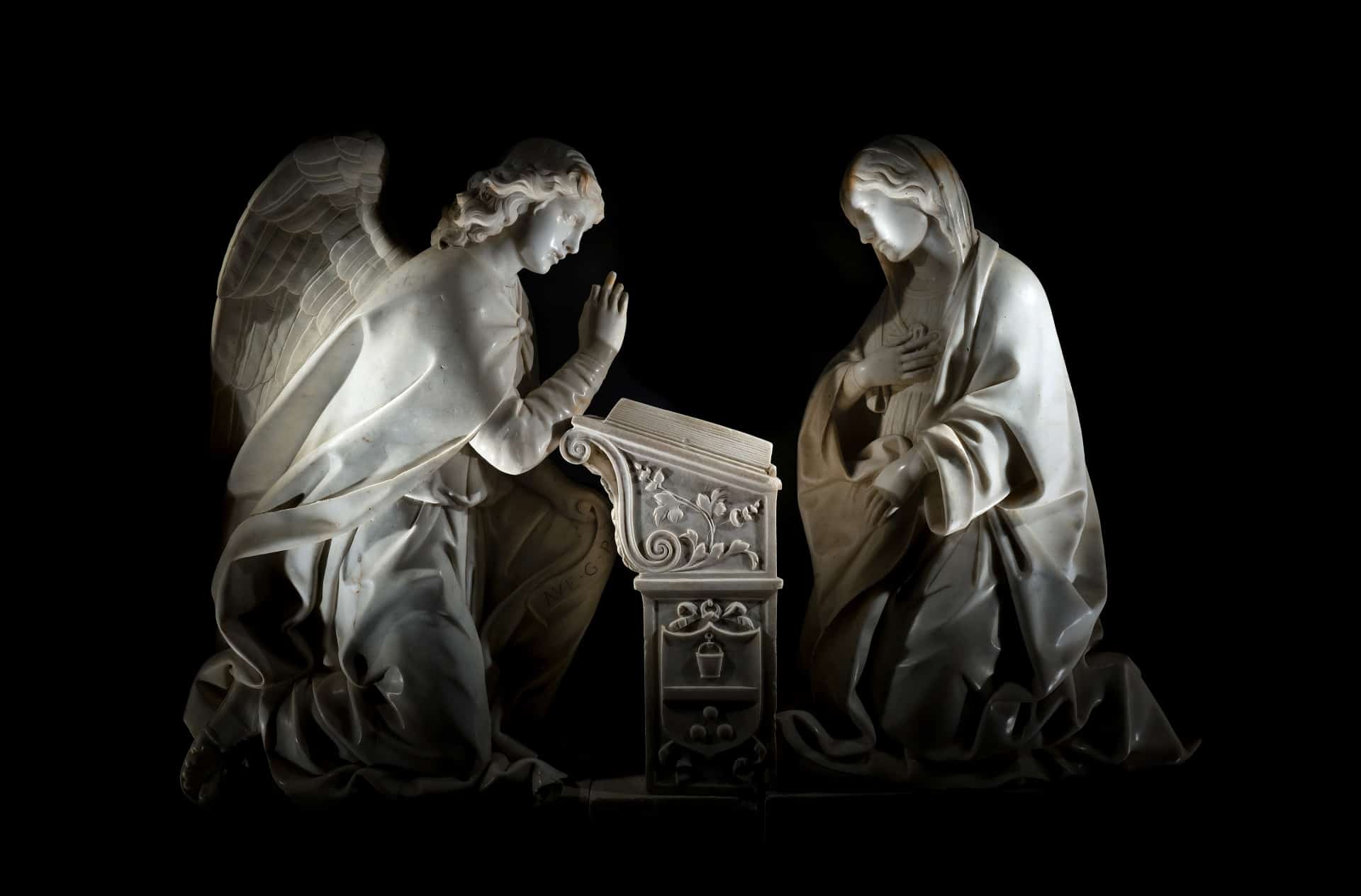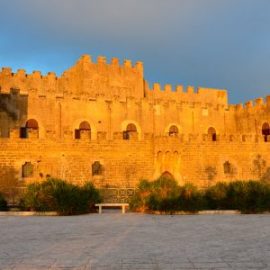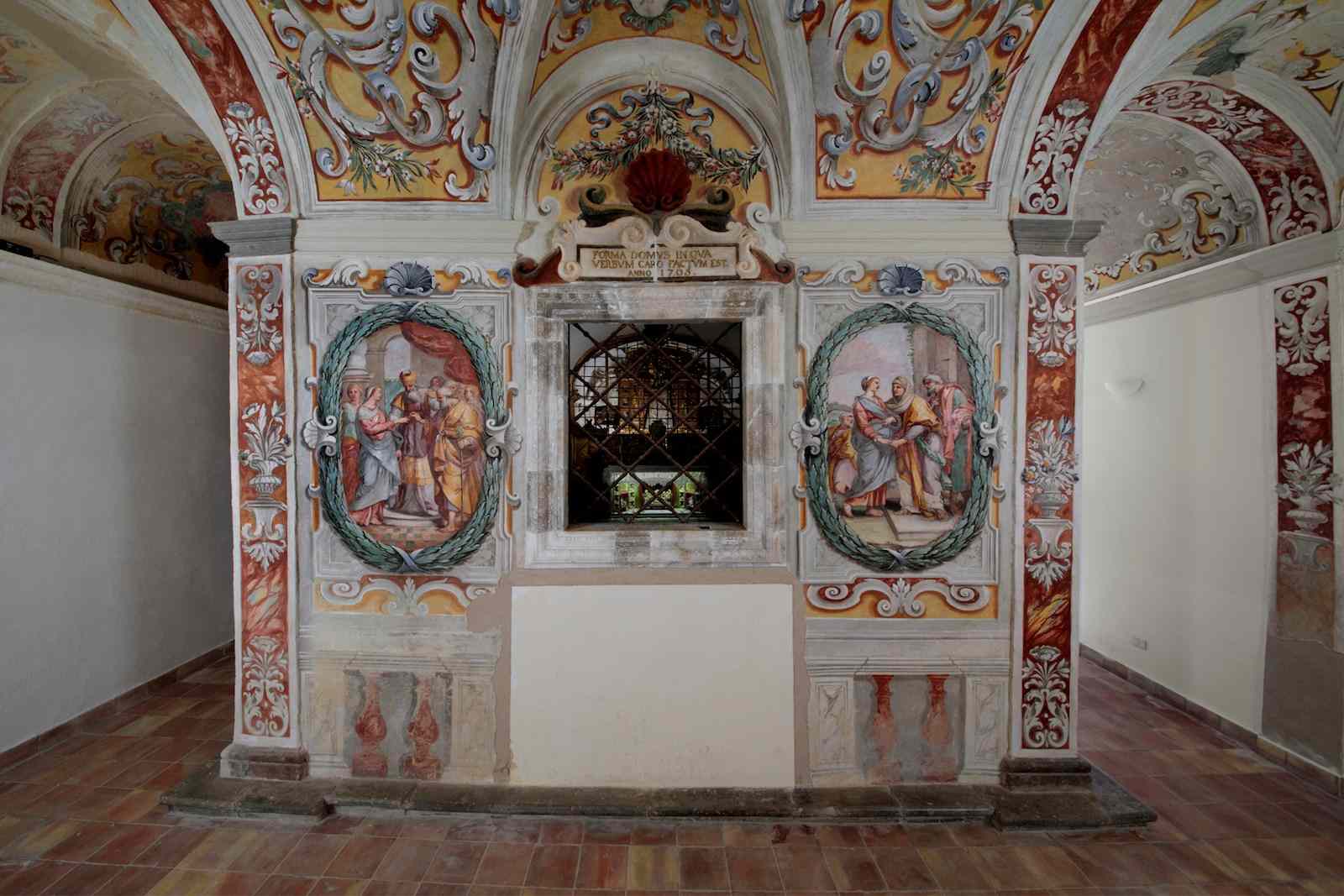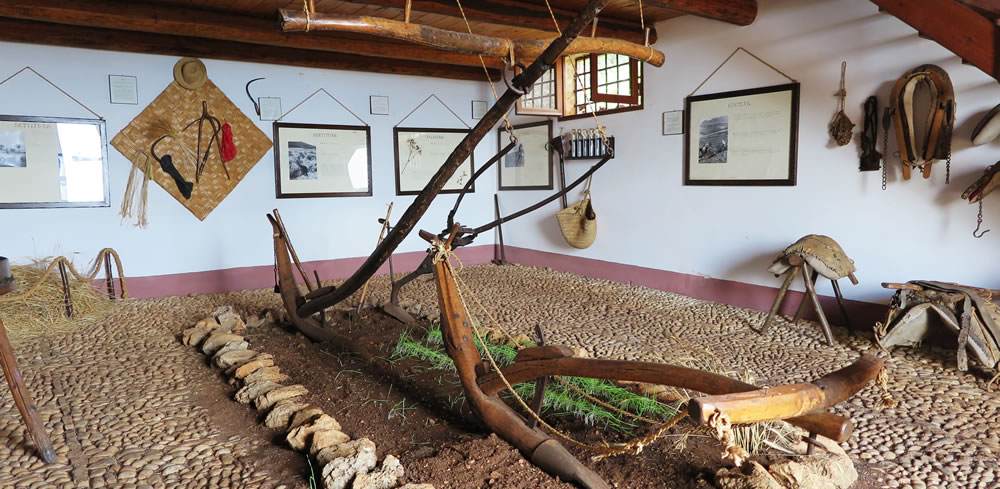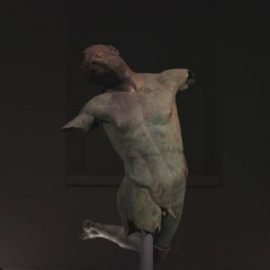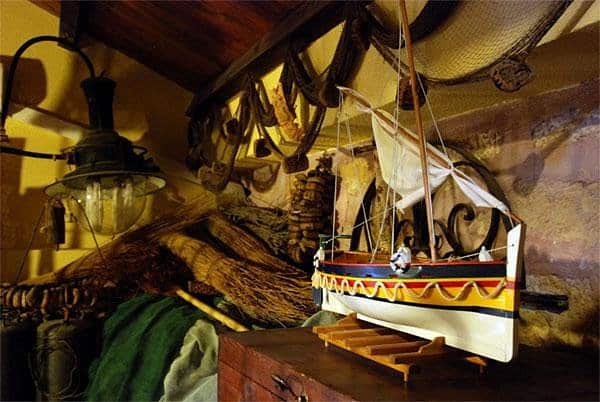The "Agostino Pepoli" Regional Museum
An artwork that encompasses many others
This museum, a must-visit if you find yourself in Trapani, is located in a historically significant palace and houses works of art of immeasurable beauty.
During your visit to Western Sicily, you definitely cannot overlook the Regional Museum “Agostino Pepoli.” Firstly, for its location: a 14th-century palace that houses its collections, a former Carmelite fathers’ convent adjacent to the Sanctuary of the Holy Annunciation. Secondly, for its exceptional and diverse collections.
The museum is named after Count and patron Agostino Pepoli, who inaugurated it at the beginning of the 20th century.
Crossing its mannerist cloister and the magnificent polychrome marble staircase, the visitor embarks on a journey to discover the history, territory, and multicultural soul of the city of Trapani through collections that take them through the centuries. The collection includes archaeological finds ranging from the Paleolithic era, through the Roman and Hellenistic periods, to the most recent Risorgimento artifacts.
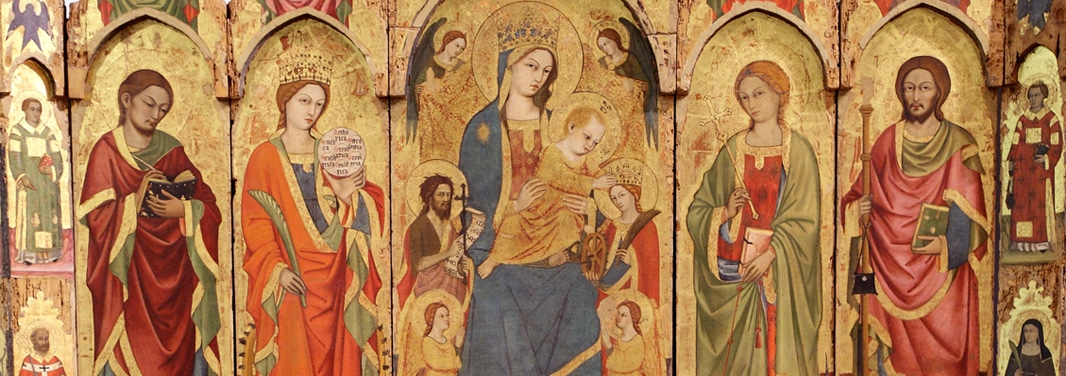
The museum and its collections narrate the figurative art of the Trapani region, with a particular focus on decorative art, in which the city excels as a center of production, being a reference in goldsmithery, coral craftsmanship, majolica, and nativity scene sculpture.
The serene elegance and the sinuosity of the “living marble” characterize the Renaissance Sculpture section, which contains works such as the beautiful and noble statue of San Giacomo Maggiore (1522) by the great Antonello Gagini. Alongside other works from the Gagini school, it tells the story of the wide success of the Gagini workshop in Palermo in Trapani and of a specific sculptural taste that emerged on the island.
Noteworthy are also the works in the Art Gallery (from the Middle Ages to the 20th century), such as the Polyptych of Trapani from the 15th century and the San Francesco attributed to Titian.
Finally, the section on Trapani’s red gold, coral, is also magnificent. It presents countless refined decorations on sacred vestments, liturgical and domestic objects, or personal ornaments like jewelry, where coral is crafted in myriad styles, paired with other precious materials. This tradition of great masters in coral craftsmanship has made Trapani famous throughout Europe since the 15th century, making coral art a flagship of decorative arts.
Address: Via Conte Agostino Pepoli 180, 91100 – Trapani
Opening Hours:
- Tuesday to Saturday, from 9:00 AM to 6:00 PM (last entry at 5:00 PM)
- Sundays and holidays, from 9:00 AM to 1:00 PM (last entry at 12:00 PM)
- Free admission on the first Sunday of the month.
Full ticket: 6 euros
Reduced ticket: 3 euros
For more information, visit: www.regione.sicilia.it/bbccaa/museopepoli
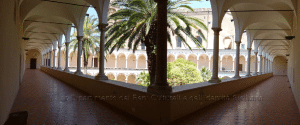
Every first Sunday of the month, as established by the regional department of Cultural Heritage and Sicilian Identity and in line with the provisions of the Ministry of Culture, museums are open, and admission is free.
Accomodation
Other ideas for your trip
- Nearby
- Not to be missed
- Museums







